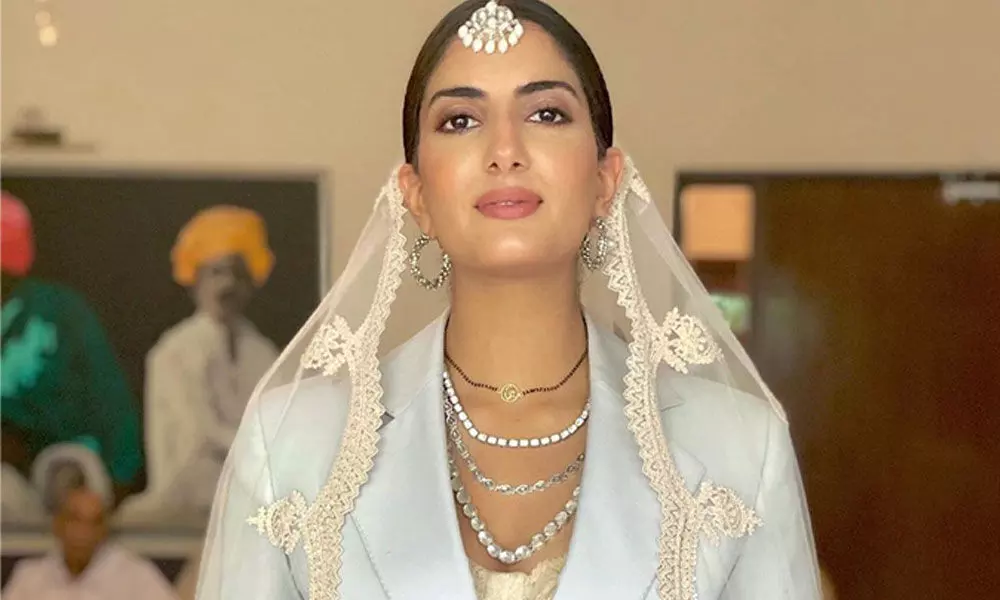The New-Age Bride
The New-Age Bride

Lockdown may have forced the Big Fat Indian Wedding to become a leaner affair but a bride's approach to fashion is more discerning than ever. Over the last month or so designers from Tarun Tahiliani to Gaurav Gupta unveiled their new bridal collections via the digital medium. Designed at a time when we were learning how to co-exist with Covid-19, and after the time when the forced pause caused an upheaval wherein many socio-political issues came to the surface.
Fashion has always been driven by politics and social issues, but of late, consumption seems to have forced it to forget its voice. The pandemic is a reminder to fashion that it does drive change and designers are now talking issues even in their bridal collection.
Gaurav Gupta opened India Couture Week with a fashion film called, 'Name is Love'; on the runway were a diverse cast; trans-female, non-binary, same sex, plus size and darker hued models. His presentation spoke of Gaurav's own beliefs as a known campaigner for issues such as LGBTQ rights, Gupta was an active spokesperson during the #Metoo movement.
He says, "Brides today know what's happening in the world, they just don't want pretty clothes. They want to wear something that is more than that."
As more Indian designers realise they have a ready made platform to address issues; brides-to-be will turn to designers whose messages speak to them. Gone are the days where brides wanted to be weighed down with embroidery, heavy silks and adorned with rows of necklaces. Today's bride wants to dance the night away, feel easy, yet be the belle of the ball. Which means there is a new lightness that has come into fashion be it Tarun Tahiliani, JJ Valaya or Rahul Mishra this has been a common to all fashion shows of late, and explains the popularity of thread embroidery and lighter emblishment techniques such as chikankari and aari.
In fact one of Mishra's most popular looks has been an easy fit hand embroidered A-line silk-organza circular gown, it talks of a bride who does not want to give into the convention of Indian bridal dressing. Brides now longer want an outfit that hangs in their wardrobe as a memory, they want to be able to rewear their bridal outfit.
As fashion becomes more conscious and value driven, no one wants to spend on an outfit that they cannot wear again. Especially when it comes to the lehenga, which remains as the most popular choice for the actual wedding day outfit. Blouses from a bridal lehenga can be reworn with a plain saree for formal functions, dupattas can be thrown over a silk outfit for a first Diwali or Karva Chauth, and the lehenga skirt can be teamed with a shirt as a fusion option for a friend's wedding.
Mishra says, "Many brides order separate crop tops with their lehengas to re-wear for a different kind of an occasion or style their blouses with a pair of jeans later."
Designers no longer design a wedding outfit as a one-time ensemble but as a piece that can be mixed and matched. It is something that newer entrants into the bridal fashion market such as Amit Aggarwal and Nachiket Barve are very conscious off, and reflects in their design approach. "Nothing pains me more than a lehenga sitting in a mothball lined trunk or stashed away for decades," says Barve.


